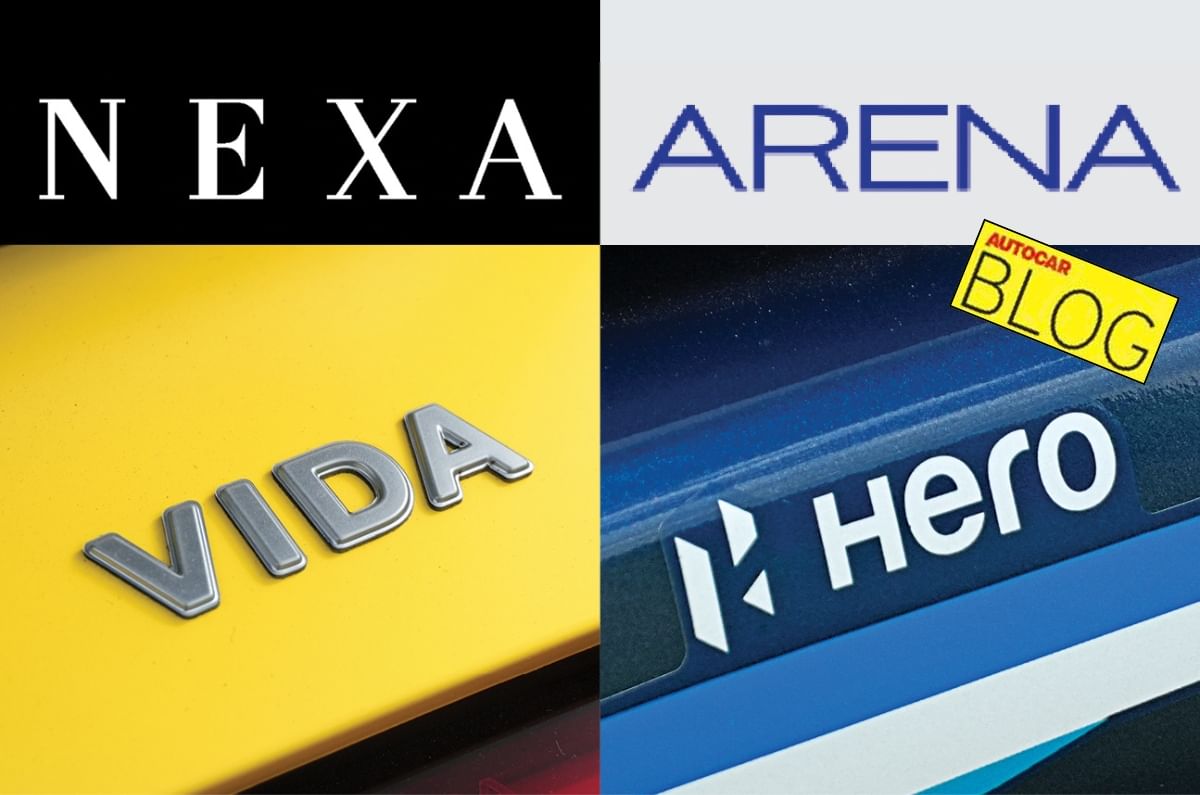
When an automaker plans a large multi-energy and multi-segment portfolio, what works better: creating different channels or creating different brands and badges? And how do you sell them? We see different examples around us.
Maruti Suzuki has two channels, Arena and Nexa, selling different models with the same badge. The same goes for MG and its premium MG Select channel. On the other hand, Hero has created an all-new brand and retail network – Vida – for its electric range, but you can buy them at some legacy outlets too. Mahindra, too, has a new BE brand with a slightly altered corporate logo, but the products sell through the same channel. Meanwhile, Tata Motors has exclusive electric outlets called Tata.ev, but you can buy their EVs at regular showrooms too.
There’s clearly a lot happening in the automotive retail space, in terms of new badges, new channels and differing retail strategies, all focused towards creating a “differentiated” experience for the target customer.
A serious amount of investment goes behind running a new retail channel and nurturing a new badge. So, what really works better? A new channel experience for the same badge, or a new experience with a new badge? Does having a higher priced offering with the same badge make it “premium” and thus justify a new channel? Does having a new technology like electric justify a new badge, and therefore a new supporting channel? Can a higher priced offering be promoted as effectively in the same legacy channel? Can a new-tech badge not be sold alongside the legacy badge from the same place?
I still do not have the right answer even after decades of trying to decode the channel vis-à-vis badge conundrum. Some have worked in certain cultures and contexts while not in others. But I do have two simple question sets that an automobile marketer must ask oneself before falling into the trap of “let’s create a new badge” or “let’s set up a new network.”
Question #1: is the product offer differentiated enough in terms of DNA and personality that it needs a new badge? Will it be able to effectively cater to its intended customer if it carries the legacy badge? Citroen needed a DS. Mahindra needs a BE. Does Tata really need a Tata.ev? Or does Hero need a Vida?
Question #2: is the experience differentiated enough to justify a new channel? Will you run the risk of alienating your core customer base by trying to cater to a new “premium” one through segregation? Does your customer identify you by the channel or by the badge? Does one buy the Grand Vitara because it’s available at Nexa or because it is a reliable Maruti Suzuki? Would one avoid the M9 if it were sold through the regular channel? Be true to yourself when answering both questions, and the fog might clear a bit more.
Also See:
Opinion: Is the spare tyre going extinct?

